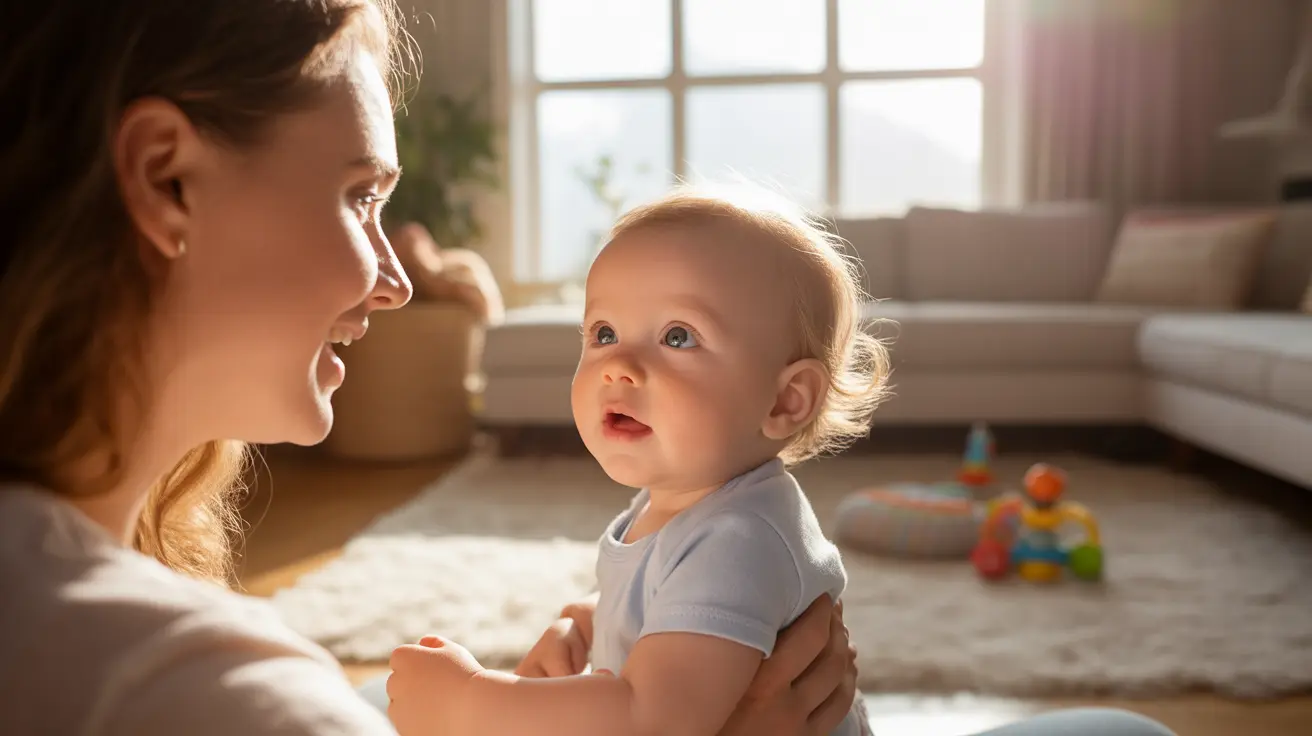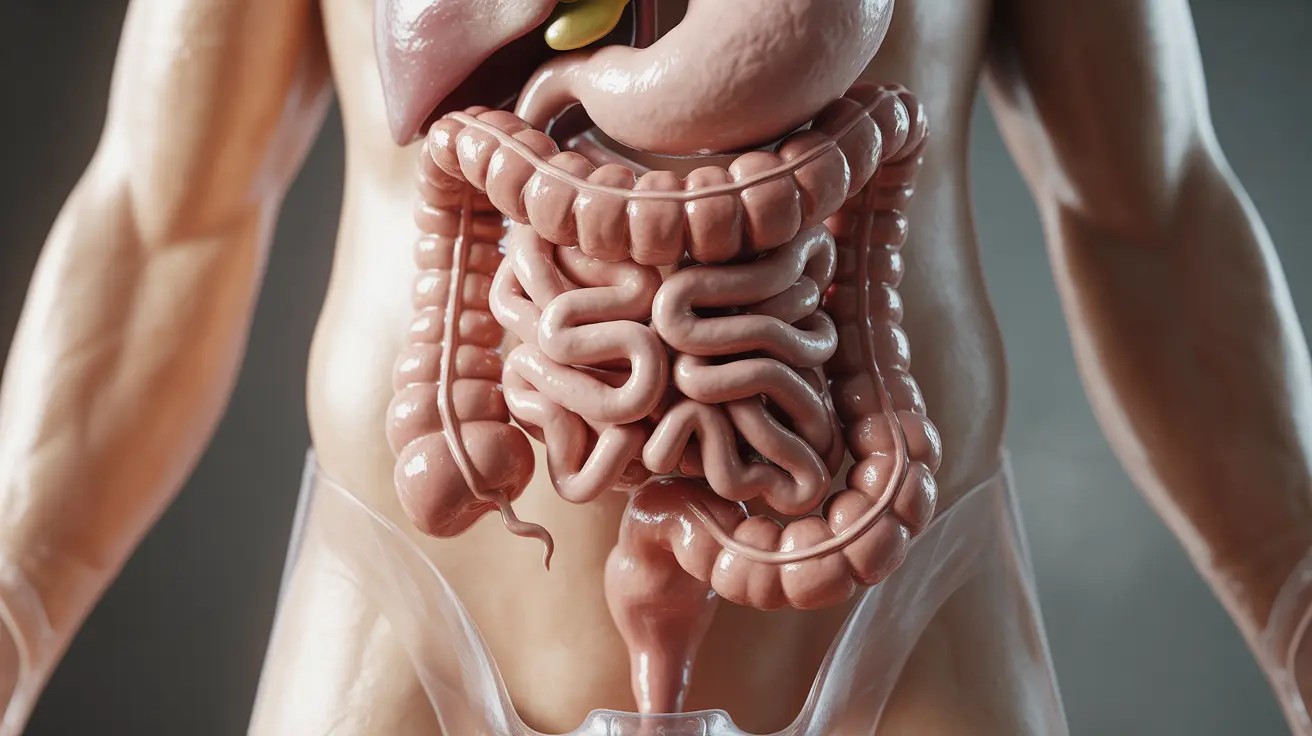Noise-induced hearing loss (NIHL) is a significant health concern affecting millions of people worldwide. Understanding whether this condition is temporary or permanent is crucial for both prevention and treatment. While some instances of hearing loss from noise exposure can be reversible, others may lead to permanent damage, making it essential to recognize the differences and take appropriate protective measures.
This comprehensive guide explores the nature of noise-induced hearing loss, helping you understand when it might be temporary and when it could result in lasting damage. We'll also discuss prevention strategies and treatment options to protect your hearing health.
Understanding Temporary Noise-Induced Hearing Loss
Temporary noise-induced hearing loss, also known as temporary threshold shift (TTS), occurs when exposure to loud noise causes short-term changes in hearing sensitivity. This temporary condition typically results from exposure to loud sounds over a brief period.
Common symptoms of temporary hearing loss include:
- Muffled or dulled hearing
- Difficulty understanding speech
- Ringing in the ears (tinnitus)
- A feeling of fullness in the ears
Recovery from Temporary Hearing Loss
In most cases, temporary hearing loss resolves within 16-48 hours after noise exposure, provided no additional damage occurs during this recovery period. The hair cells in the inner ear, which are responsible for converting sound waves into neural signals, need time to recover from the stress of loud noise exposure.
Permanent Noise-Induced Hearing Loss
Permanent noise-induced hearing loss occurs when the delicate structures in the inner ear suffer irreversible damage. This typically happens through either prolonged exposure to moderate-to-loud noise or sudden exposure to extremely loud sounds.
Factors Leading to Permanent Damage
Several key factors can contribute to permanent hearing loss:
- Repeated exposure to sounds above 85 decibels
- Single exposure to extremely loud sounds (140+ decibels)
- Cumulative damage over time
- Lack of proper hearing protection
- Genetic predisposition to hearing damage
Prevention and Protection Strategies
Preventing noise-induced hearing loss is crucial since permanent damage cannot be reversed. Here are essential protective measures:
Immediate Protection Methods
- Use properly fitted earplugs or earmuffs
- Maintain safe listening volumes with headphones
- Take regular breaks from loud environments
- Follow the 60/60 rule: listen at 60% volume for no more than 60 minutes
Long-term Prevention Strategies
- Regular hearing checkups
- Awareness of workplace noise levels
- Using noise-canceling headphones when appropriate
- Avoiding prolonged exposure to loud environments
Frequently Asked Questions
Is noise-induced hearing loss permanent or can it be temporary and reversible?
Noise-induced hearing loss can be either temporary or permanent, depending on the intensity and duration of noise exposure. Temporary hearing loss typically resolves within 16-48 hours, while permanent damage occurs when inner ear structures are irreversibly damaged.
What causes noise-induced hearing loss to become permanent instead of temporary?
Permanent hearing loss occurs when the hair cells in the inner ear are severely damaged or destroyed. This can happen through repeated exposure to loud noises or single instances of extremely loud sounds that exceed the ear's ability to recover.
How long does temporary noise-induced hearing loss usually last before recovery?
Temporary noise-induced hearing loss typically resolves within 16-48 hours after exposure to loud noise, assuming no additional damage occurs during the recovery period. However, recovery time can vary depending on the intensity and duration of the noise exposure.
Can repeated exposure to loud noise lead to permanent hearing damage even if hearing seems normal afterward?
Yes, repeated exposure to loud noise can cause cumulative damage to hearing structures, even if hearing appears to return to normal after each exposure. This gradual accumulation of damage can eventually lead to permanent hearing loss.
What treatments or protections exist to prevent temporary noise-induced hearing loss from becoming permanent?
Key protective measures include using appropriate hearing protection (earplugs or earmuffs), limiting exposure to loud sounds, maintaining safe listening volumes, taking regular breaks from noisy environments, and getting regular hearing checkups. While there's no cure for permanent hearing loss, these preventive measures can help protect your hearing health.




